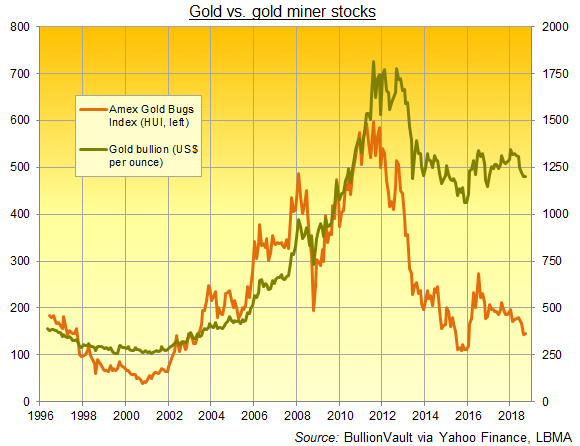What the Barrick-Randgold Merger Means for Gold
"The board must be held accountable for the value destruction, disregard for shareholders, poor disclosure practices, failing leadership and culture of entitlement...over many years."

"[This] merged company will be very different. Its goal will be to deliver sector leading returns, and in order to achieve this, we will need to take a very critical view of our asset base and how we run our business, and be prepared to make tough decisions."









 Email us
Email us